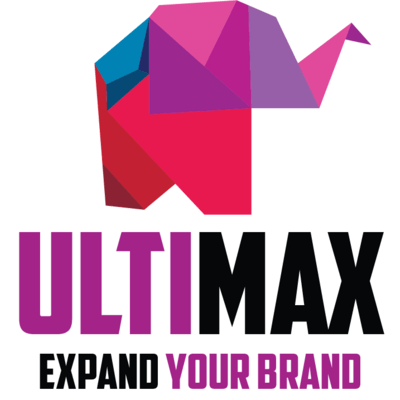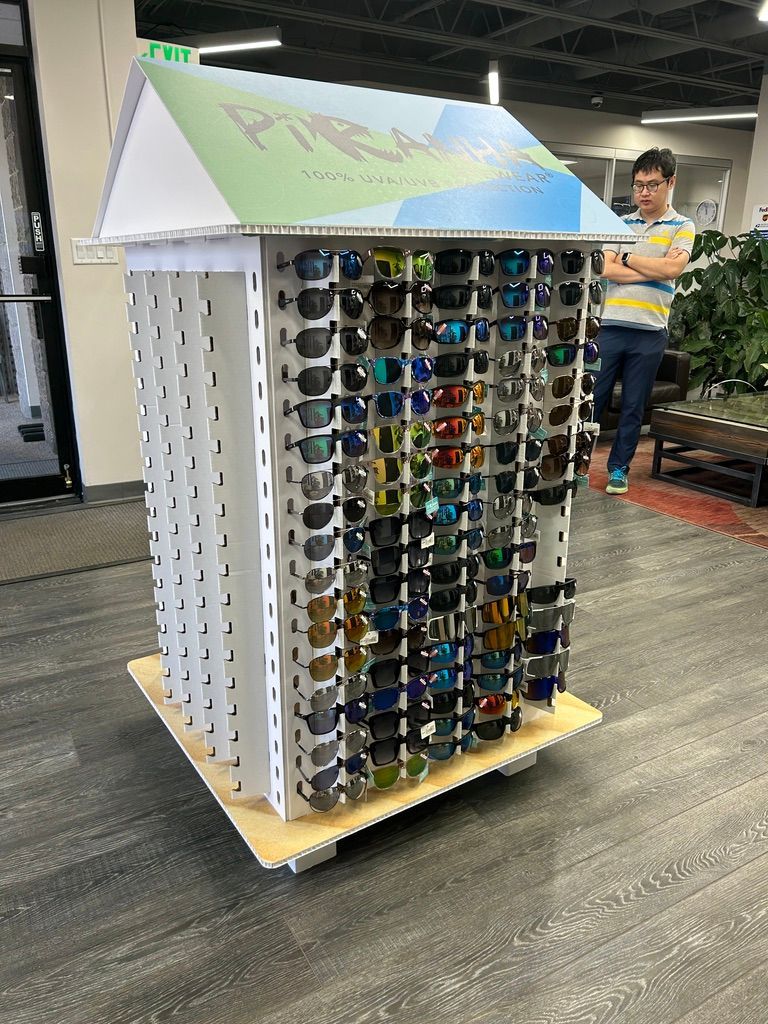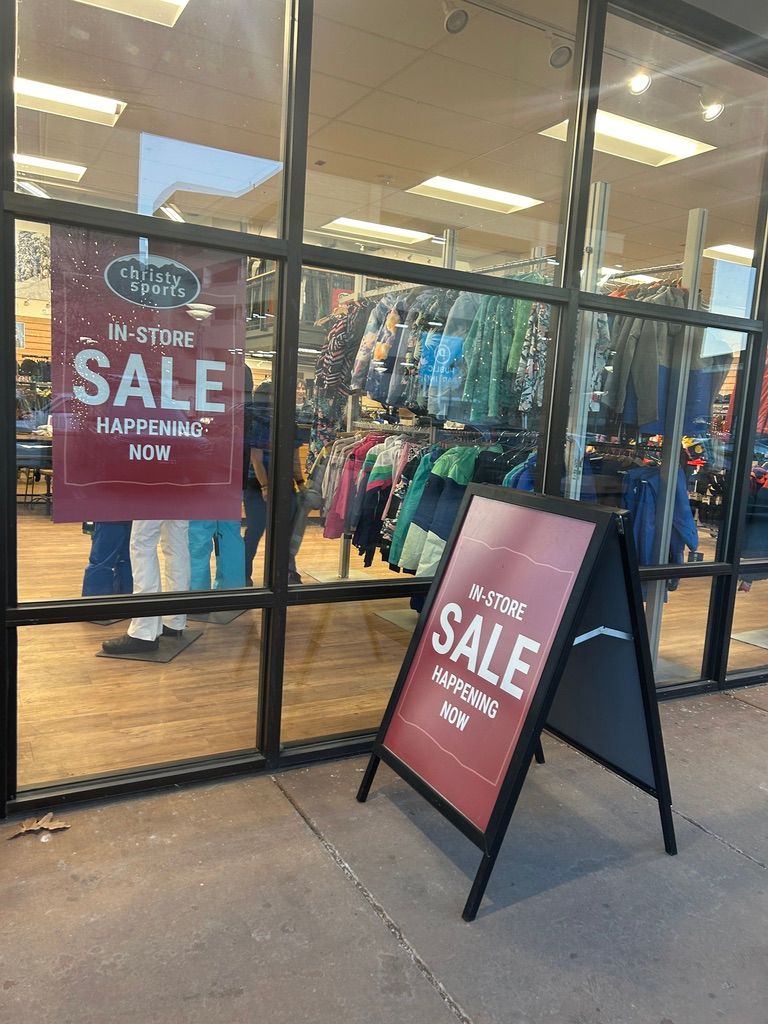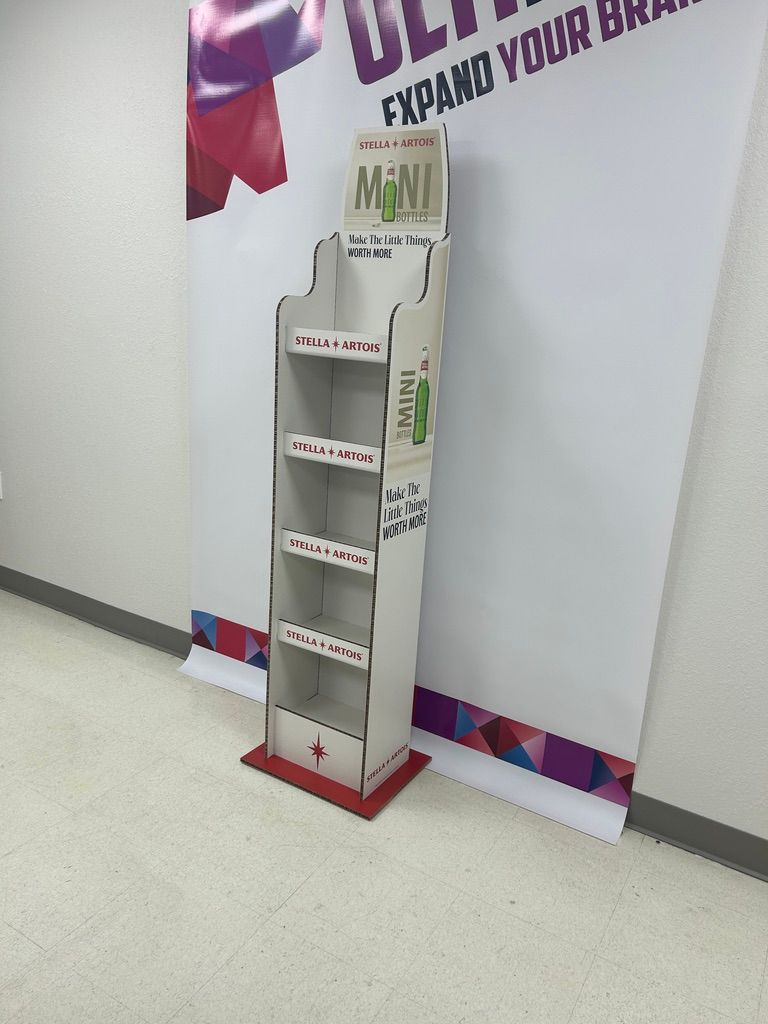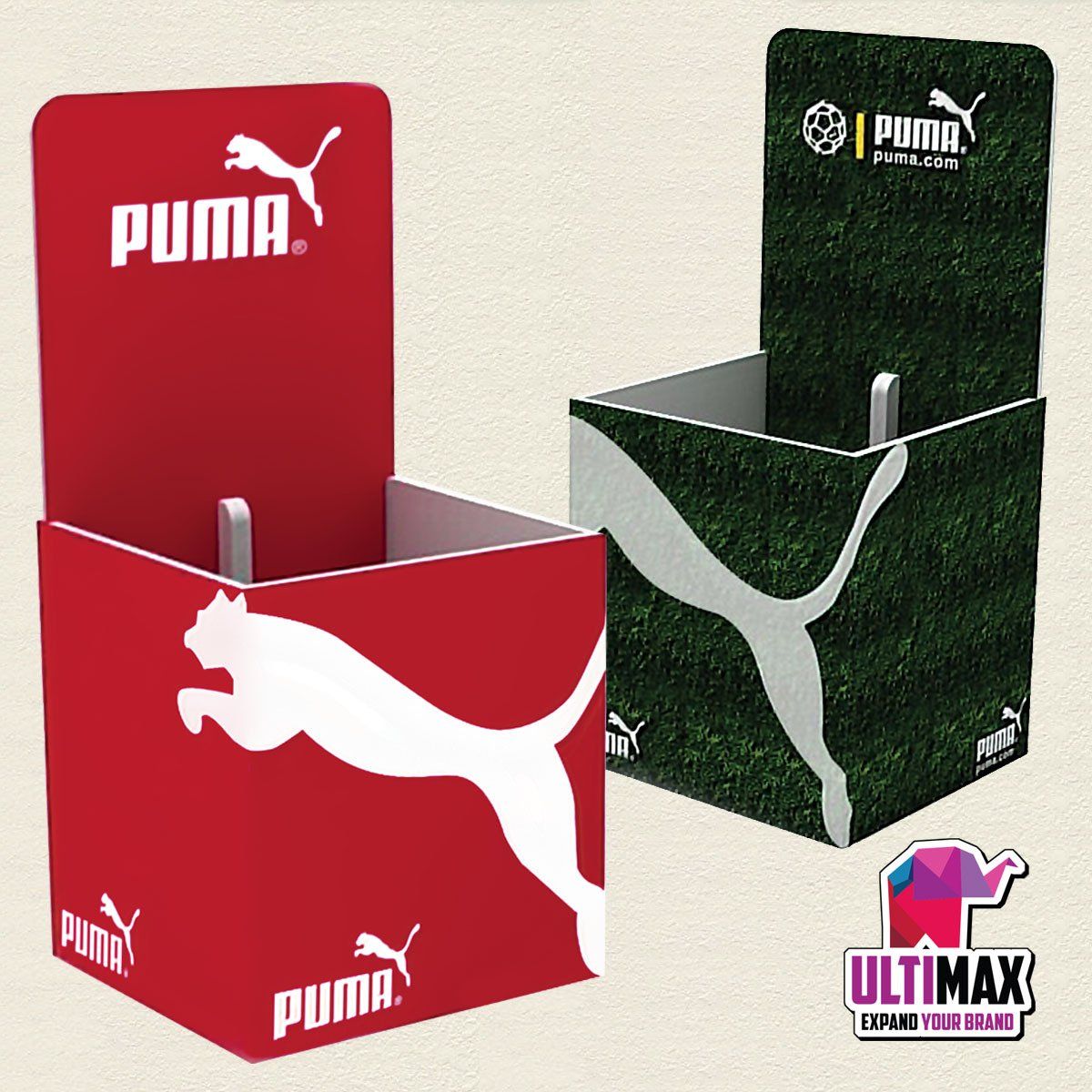Adobe Brings The Past Alive
June 28, 2021
WHAT’S SO GREAT ABOUT THE PAST?
Art always exists on a continuum from the past to the present, moving on to the future. But what does this mean for practical applications? How can Ultimax customers use their knowledge of design over the years to improve their business marketing? In one encouraging way, we now have far more options than we thought we did. The same way that we can watch fashion trends from 10, 20 or 30 years ago make a resurgence many years later, the same is now possible in the field of graphic design. In some ways, it is becoming more possible every day.
BURIED TREASURE
Recently, as part of the ongoing Hidden Treasures project, Adobe Systems has undertaken the job of resurrecting some of art’s greatest traditions. Many people may remember the Adobe project making national news in June of last year for its recreation of the brushes of painter Edvard Munch—of ‘The Scream’ fame.
Collaborating with the Munch Museum in Oslo, Adobe was able to craft digital recreations of the master’s brushes for use in photoshop. While some may understandably see this as more of a publicity maneuver than a tangible contribution to the field of graphic design, the precedent is an important one. What Adobe has done is establish a way that we can recreate and reintroduce some of the tactile brilliance from design history into the modern age of digital printing and composition. After Hidden Treasures worked to bring back Munch’s brushes, the project moved on to resurrecting some famous typefaces.
BAUHAUS BRILLIANCE
In this case, the journey from the past back to the present begins in Europe in the early 1900s with the famous Bauhaus schools of art and design.
While there are plenty of people who can instantly point to signage and recognize the now well-known typeface that bears the name, fewer people know the history of the Bauhaus schools.
Originally there were three ‘Bauhaus’ German art schools located in Weimar, Berlin, and Dessau—with Bauhaus translating to “building house”.
The first of their kind, these institutions helped to standardize and update methods of teaching graphic design, architecture, and typography in addition to playing a huge role in the art trends of the 20th century.
Composition traits that many now associate with the schools include simplicity and practicality.
The modern font that now carries the name Bauhaus, was originally a typeface created by Herbert Bayer, an Austrian-American designer who was regarded as the last living representative of the famous German traditional schools.
Like so many other things, the typeface has gone through many variations over the years, including the ITC Ronda face from the 1970’s as well as the ITC Bauhaus. But of course, the Bauhaus font that everyone knows and loves is just one of many typefaces that originated from the great German tradition. What Adobe has done, via the Hidden Treasures project, is digitize four previously unreleased fonts created by Bauhaus masters and make them available to the public. Interested parties can download the fonts at adobehiddentreasures.com or contact Ultimax if they are interested in using them in their own designs.
BACK TO THE FUTURE
Whether you are a fan of Bauhaus or the fonts that Adobe has recently digitized and released for use, is beside the point. What designs are you interested in? What are some of the pieces of history—whether it be painting or music or architecture—that fit with your business? People have a tendency to view the digital age with a sense of sterilization, where our culture is bound to lose something as we steadily move from art that has tactile meaning to a series of ones and zeros. But technology also has the ability to bring art back to life and to reintroduce it to a new generation of designers. Think about the credits of a film that you enjoy or a particularly artistic album font that you have always found visually intriguing. The tools of modern designers and the team at Ultimax can help you integrate that into business marketing solutions. Not every piece of printed merchandise or advertisement has to be focus-group tested and created to catch the most amount of eyes possible. What is cool to you? What do you like to look at? These are the questions that are going to help designers create something special for your business.
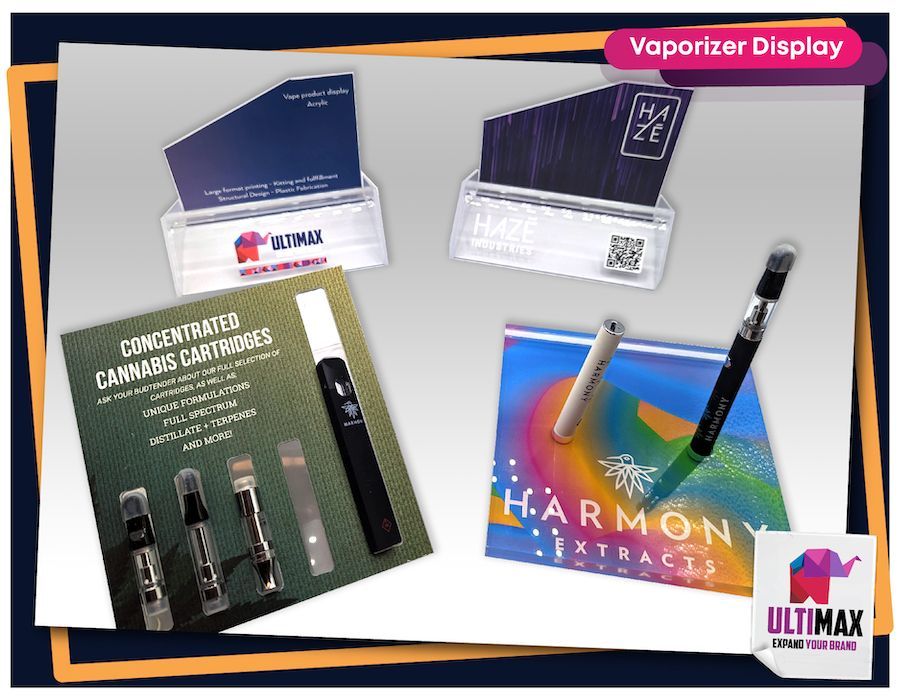
At Ultimax, we don’t take a “cookie cutter” approach to building eye-catching “vape” displays for the cannabis business segment. We partner with our clients to create a customized display that best puts our client and their product’s best foot forward. Whether highlighting, quality, availability or value.
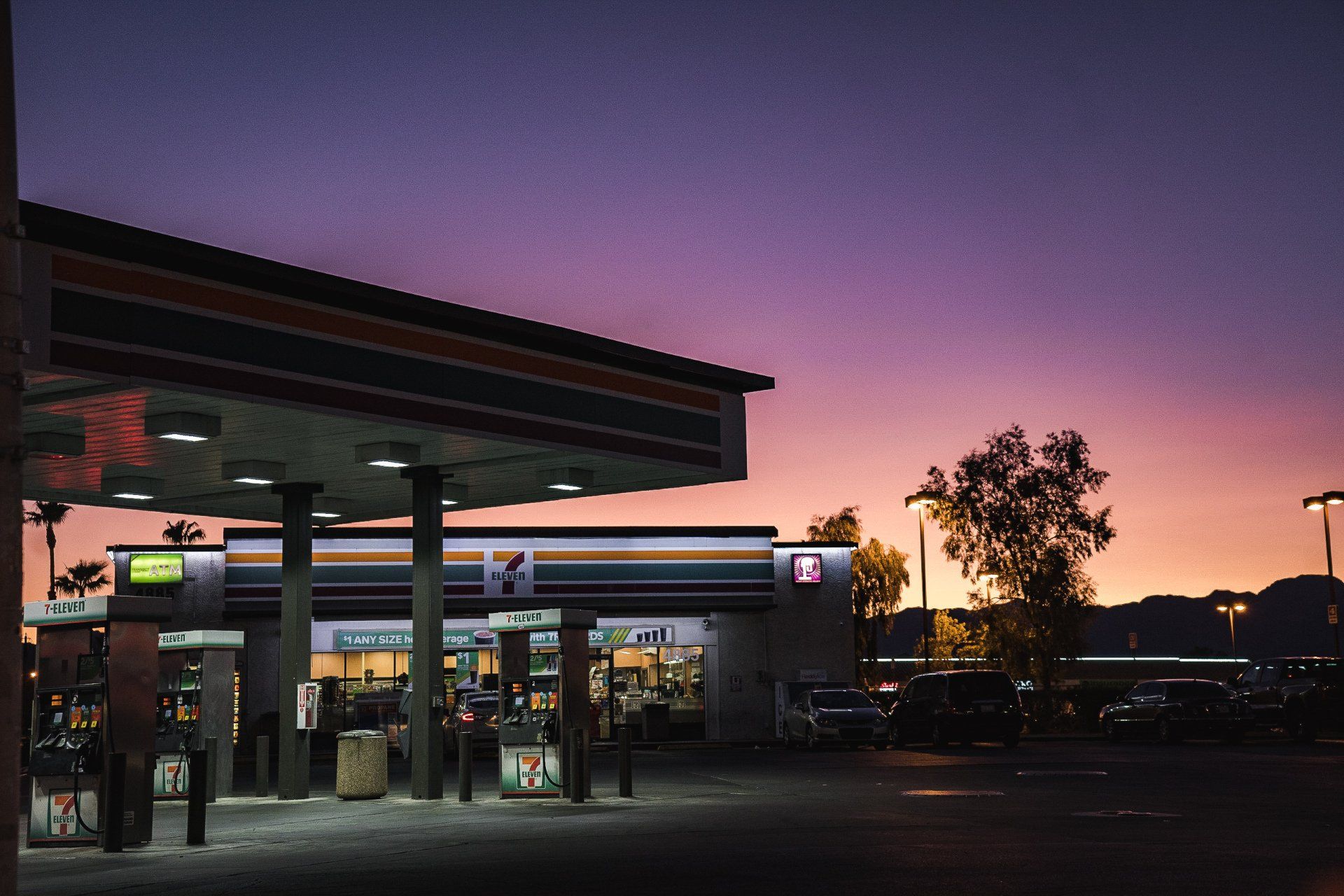
7-Eleven currently operates over 78,000 stores in 19 different countries, and has ranked as one of the world's largest global retailers . Their name recognition is instant and they take their brand and brand recognition very seriously.
The 7-Eleven team reached out to Ultimax to first assist and produce a specific P.O.P. campaign.
